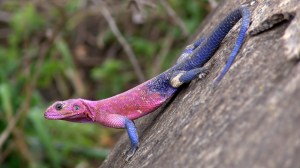Cypriot plane crashes near Athens, 121 on board killed
A Cypriot airliner crashed into a mountainous area north of Athens on Sunday, killing all 121 people on board, after apparently suffering a ...

A Cypriot airliner crashed into a mountainous area north of Athens on Sunday, killing all 121 people on board, after apparently suffering a loss of cabin pressure or oxygen.
‘‘The pilot has turned blue,’’ a passenger said in a cellphone text message to his cousin, according to Greek television. ‘‘Cousin farewell, we’re freezing.’’
Greek TV station Alpha said the pilot told air traffic controllers that the Helios Airways Boeing 737 was experiencing air-conditioning problems, before communication with the plane—flying at 35,000 feet en route from Larnaca in Cyprus to Prague via Athens—was lost.
A Greek police spokesman said 115 passengers and six crew members were on board the flight, of whom 59 adults and eight children were heading to Athens and 48 to Prague, including two children.
Rescuers said they had found no survivors, and health officials said they had started receiving the first bodies from the burning wreckage, scattered widely about the mountainous area 40 km north of Athens.
Cypriot Transport Minister Haris Thrasou told reporters in Larnaca: ‘‘The state of the bodies is such that it is difficult to recognise at first sight. This is why genetic material will be used (for identification).’’
Akrivos Tsolaki, head of the accident investigation committee, told reporters at the crash site that the plane’s two black boxes—voice and data recorders—had been located.
At Larnaca airport desperate relatives demanded Helios release the passenger list. Some chanted: ‘‘Helios are murderers.’’
Airport officials in Cyprus said flight HCY522 left Larnacaat at 9 a.m. and lost contact at 10.30 a.m.
Two Greek F-16 fighter jets were scrambled after the plane lost contact with the tower at Athens international airport. One of the F-16 pilots reported that he could not see the captain in the cockpit and his co-pilot appeared to be slumped in his seat, a government spokesman said. —Reuters



- 01
- 02
- 03
- 04
- 05




























